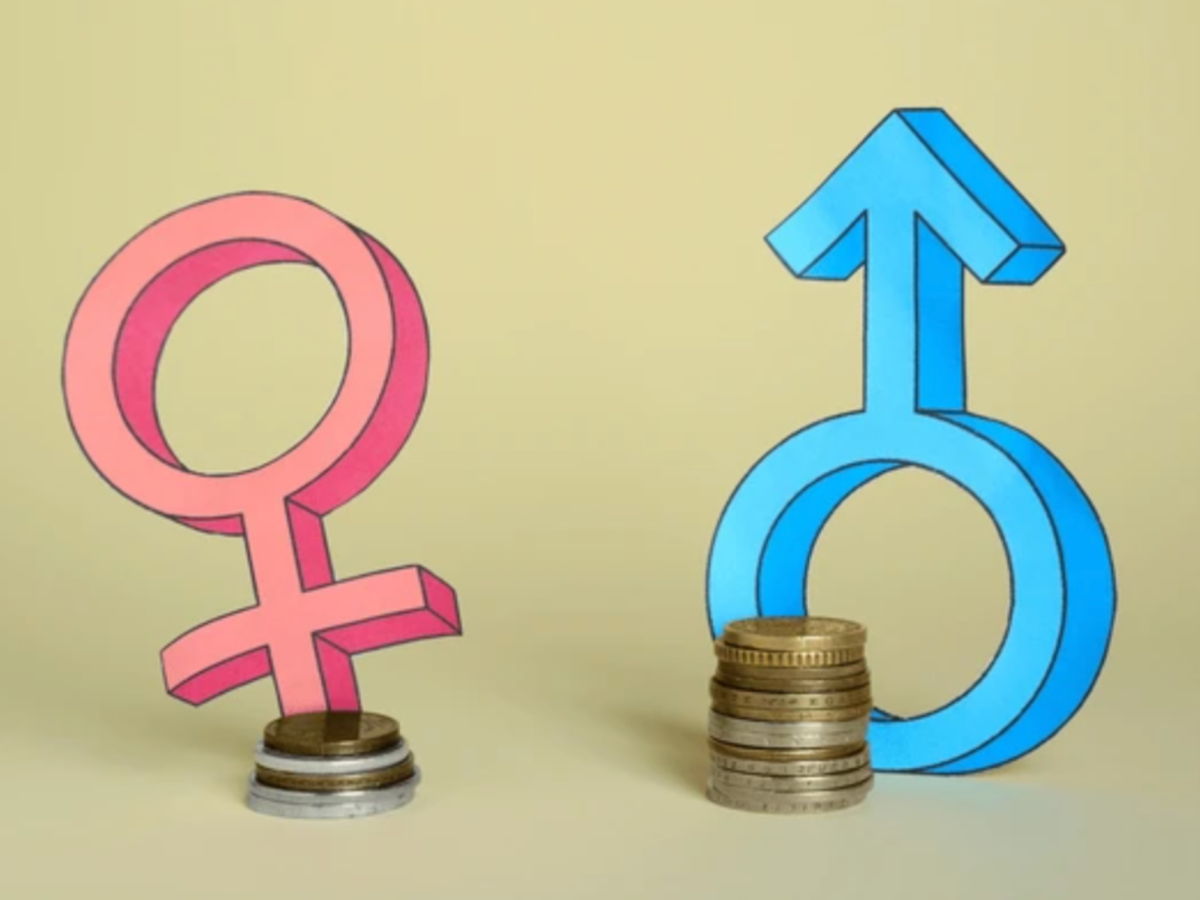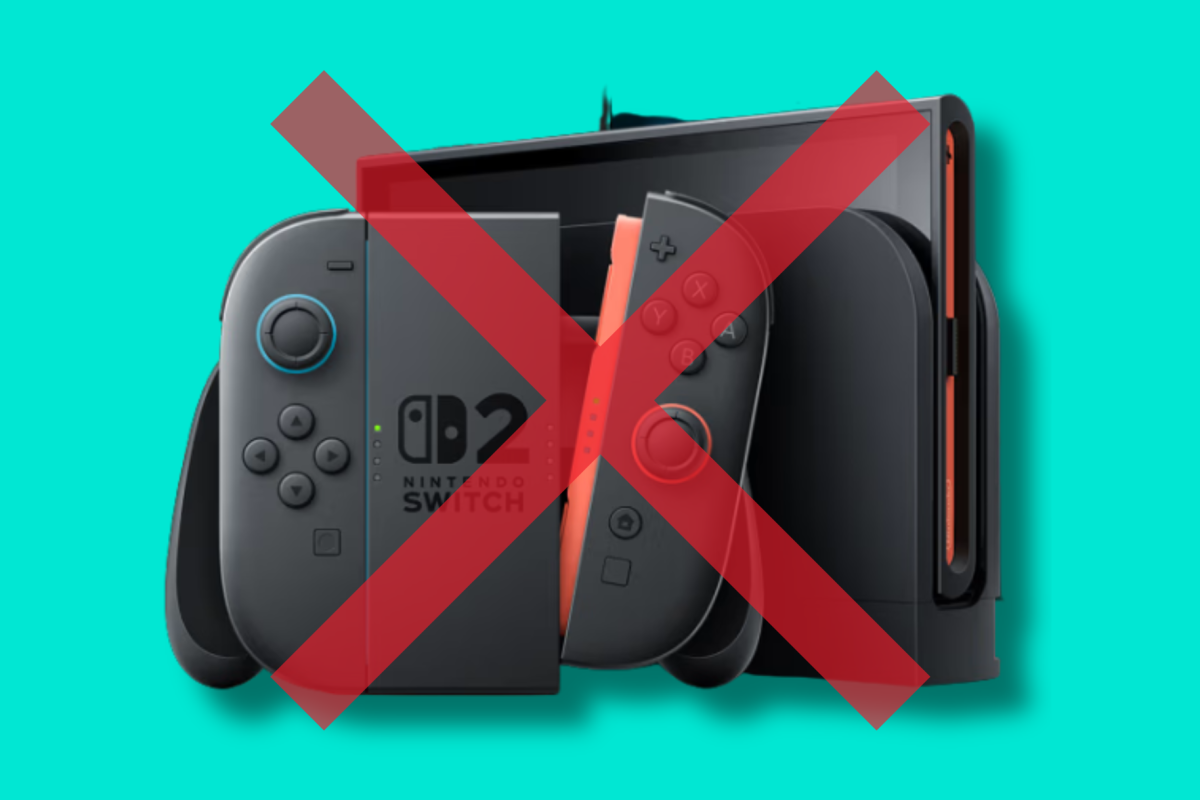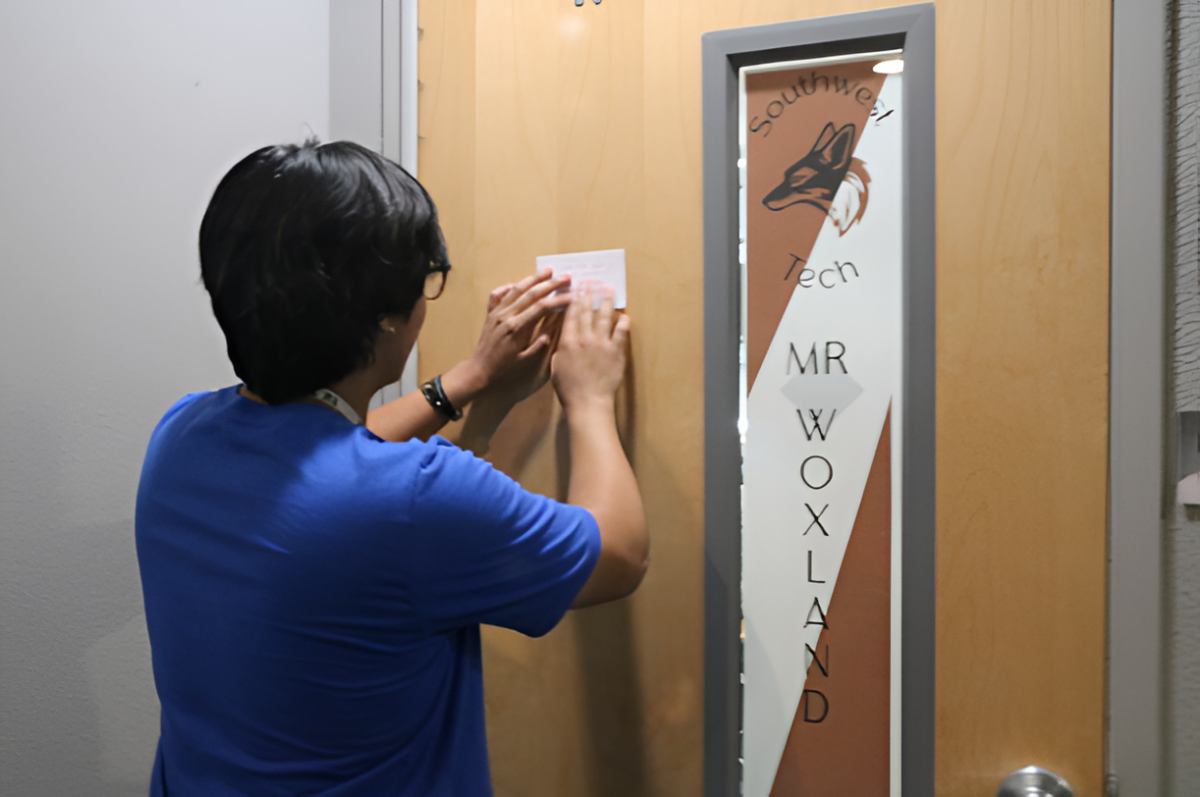After a notable widening of the gender pay gap in 2023, recent research indicates that now, in early 2025, the difference has significantly diminished.
2024 census data proved that women now earn about 84 cents for every dollar that a man makes, a substantial increase from 2023 where women earned 83 cents per $1. Comparatively, in 2000 a woman only made 73 cents per $1.
“I definitely notice [a gender pay gap] in the food industry. A lot of women in the entry level are kind of pushed to become waitresses or front-of-house staff, and the men are pushed to become line cooks, which generally pays more,” Culinary teacher Julia Homan said. “I’m glad, though, that [the pay gap’s] closing, because I know so many women that worked incredibly hard to get to the position that they’re in today, and I’m happy to see them get the recognition and compensation they deserve.”
However, women of color are still shown to be disproportionately affected by wage disparity, with Black women earning 64 cents per $1, and Latina women only earning around 51 cents per $1. When looking over a 40-year career span, this amounts to Black women losing nearly $946,000 in their lifetime, and Latina women losing over $1.3 million.
“It makes sense, because there’s been a lot of systemic differences between different races for a long time, like when it comes to wages and workplace equality,” senior Ryan Duong said. “But still, just because it’s been like that for a long time doesn’t mean that it’s right.”
The gender pay gap exists due to a combination of factors, including occupational discrimination, unequal caregiving responsibilities, and biases in hiring and promotion practices. Women are often steered toward lower-paying fields and face difficulty in gaining promotions, even when equally qualified as their male counterparts.
“I wanna go into graphic design in the future, which is an industry that’s not really dominated by any specific gender,” junior Fiona Wu said. “If I found out that a man was making more money than me, I’d be really mad, especially if we were doing the same job.”
For high school students, this persistent income gap shapes their future career choices and financial expectations, influencing how they choose college majors, prospective jobs, and where to live. In Nevada, the gender pay gap is smaller, with women on average making 87 cents per $1, while women in only one state over, in Utah, make 75 cents per $1.
“I didn’t know that the gender pay gap was different across states, but when I think about it, it makes sense,” Wu said. “People in different states have different values…some people are more traditional, so women stay home. But in places like New York City, there are a lot of women that want careers, so obviously that makes a difference.”
Efforts to close the gender pay gap in the U.S. have intensified through legislative measures and initiatives. Proposed federal legislation, such as the Paycheck Fairness Act, aims to enhance wage transparency, prohibit retaliation against employees discussing salaries, and hold employers accountable for unjustified pay disparities. Additionally, states have implemented salary history bans to prevent past earnings from influencing new job offers, a practice shown to reduce the gender pay gap by approximately two percent.
“It icks me out—the fact that men have just been making more money than women for years. There are a lot of women I know that work a lot harder than I ever have, and for me to make more just because I’m a guy seems really wrong,” senior Jayden Kroman said. “Because whether we’re women or men, in the end we’re all just people, right?”



![Working in the Student Success Office, Attendance Secretary Lordis Depiazza inputs a student’s absence excuse note. Students are required to bring an excuse note to the attendance office within three days of any absence. “Reminding students that being in school is important because it reflects towards your grades and being able to do any activities with the school,” Depiazza said. “[It] seems to get the students' attention about wanting to be in school.”](https://southwestshadow.com/wp-content/uploads/2025/10/IMG_8313-1200x800.jpg)

![Squaring up to a practice dummy, sophomore Cypher Andres prepares to throw a punch. Dummies are regularly used to help him prepare certain hits to take his opponents down. “[Boxing dummies help me practice] because it’s basically a model of the body,” Andres said. “It helps with accuracy, such as pressure points behind the ear, and a clean liver shot can end the fight.”](https://southwestshadow.com/wp-content/uploads/2025/10/IMG_5728-e1759850486200-1200x864.jpg)

![Arranging the fabric on the floor for a new project, senior Sapphyre-Ann Leung plans out her attire for the next deadline. With the recent closures, students now had limited resources and less margin for error with the fabric and materials they had in stock while trying to reach strict deadlines. “Joann’s had a lot of high-end fabric for our fashion competitions,” Leung said. “We couldn’t just buy ten yards of fabric from Hobby Lobby or Walmart. Since [Joann Fabrics] is no longer open, we have to buy items online, which is way more expensive.”](https://southwestshadow.com/wp-content/uploads/2025/10/IMG_0038-1200x800.jpg)


![Practicing the basic skills of nursing, sophomore Natalia Yancey gets her heartbeat checked with a stethoscope. Sophomore nursing students reviewed skills from freshman year. “I’ve always wanted to be in the medical field; it’s been my dream forever,” Yancey said. “Doing [practice skills] so early on is not only an amazing opportunity, but it helps me to prepare for my future.”](https://southwestshadow.com/wp-content/uploads/2025/10/IMG_9843-1200x800.jpg)


